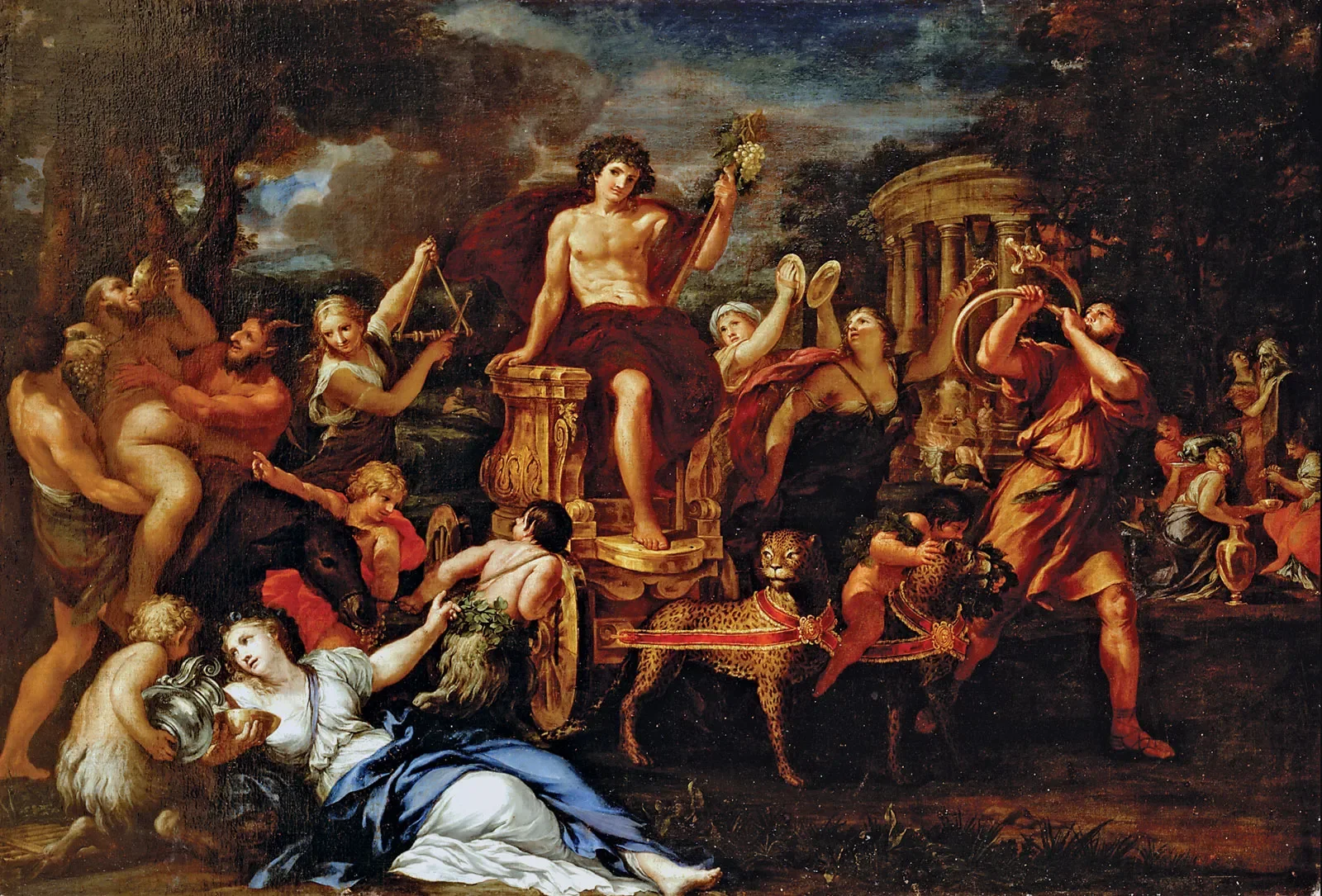Leonardo da Vinci’s genius has once again reshaped our understanding of history. This time, his meticulous sketches have led researchers to uncover a network of hidden passageways beneath Milan’s iconic Sforza Castle. Thanks to cutting-edge ground-penetrating radar, a long-standing mystery has finally been solved, proving that da Vinci’s drawings were not just artistic musings but an accurate blueprint of a concealed architectural marvel.
The Intersection of Art, History, and Science
Leonardo da Vinci, the quintessential Renaissance polymath, made groundbreaking contributions to art, engineering, and anatomy. While he is best known for masterpieces like The Last Supper and Mona Lisa, his detailed sketches have provided invaluable insights into various fields. One such sketch, depicting secret corridors beneath Sforza Castle, puzzled historians for centuries. Now, thanks to researchers from the Polytechnic University of Milan, these enigmatic passageways have been confirmed as real structures hidden beneath the historic fortress.
The Hidden Passages of Sforza Castle
Sforza Castle, a grand Milanese fortress commissioned in 1460 by Duke Francesco Sforza, became a hub of art and culture during the reign of his son, Ludovico Sforza. In 1494, Ludovico enlisted da Vinci to decorate the castle, and through this work, da Vinci became intimately familiar with the structure. His sketches hinted at hidden corridors beneath the castle—passageways that many speculated were used for strategic or personal purposes.
One of these newly discovered tunnels connects Sforza Castle to the Basilica of Santa Maria delle Grazie, located about a 12-minute walk away. This church is famous for housing The Last Supper and the tombs of the Sforza family, including Beatrice d’Este, Ludovico’s beloved wife, who passed away in 1497. Researchers now believe Ludovico commissioned the passageway to visit Beatrice’s tomb in secrecy and solitude.
3D Mapping Confirms the Secret Passageways
In 2025, a team of Ph.D. students from the Polytechnic University of Milan put da Vinci’s sketches to the test using advanced ground-penetrating radar. With the support of Codevintec, a company specializing in ground and marine imaging, the researchers utilized georadar and laser scanning to map out the hidden tunnels in remarkable detail.
"The ground-penetrating radar enriched the 3D model with data on known but inaccessible spaces, bringing to light unknown walkways and ideas for further studies on secret passages," explained Francesca Biolo, a researcher from the university.
A Digital Reconstruction for Future Exploration
The discoveries don’t stop at historical confirmation. With the detailed 3D scans, researchers plan to create a digital twin of Sforza Castle—an interactive model that not only showcases the present-day structure but also reconstructs elements lost to time. This digital model may soon pave the way for an augmented reality (AR) experience, allowing visitors to explore the hidden passageways virtually.
Professor Franco Guzzetti of the Polytechnic University of Milan emphasized the significance of this endeavor, stating, "The idea is to use the 3D-generated passageway data to create a digital twin of Sforza Castle, a model that allows you to explore the past and recover historical elements no longer visible."
Bridging the Past and the Future
This remarkable discovery is yet another testament to Leonardo da Vinci’s enduring legacy. His ability to blend art with scientific precision continues to reveal hidden chapters of history. Thanks to modern technology and persistent research, a centuries-old mystery has come to light, offering new ways for the world to experience history like never before.
One thing is clear—when it comes to da Vinci, the past is never truly lost. It’s just waiting to be rediscovered.







